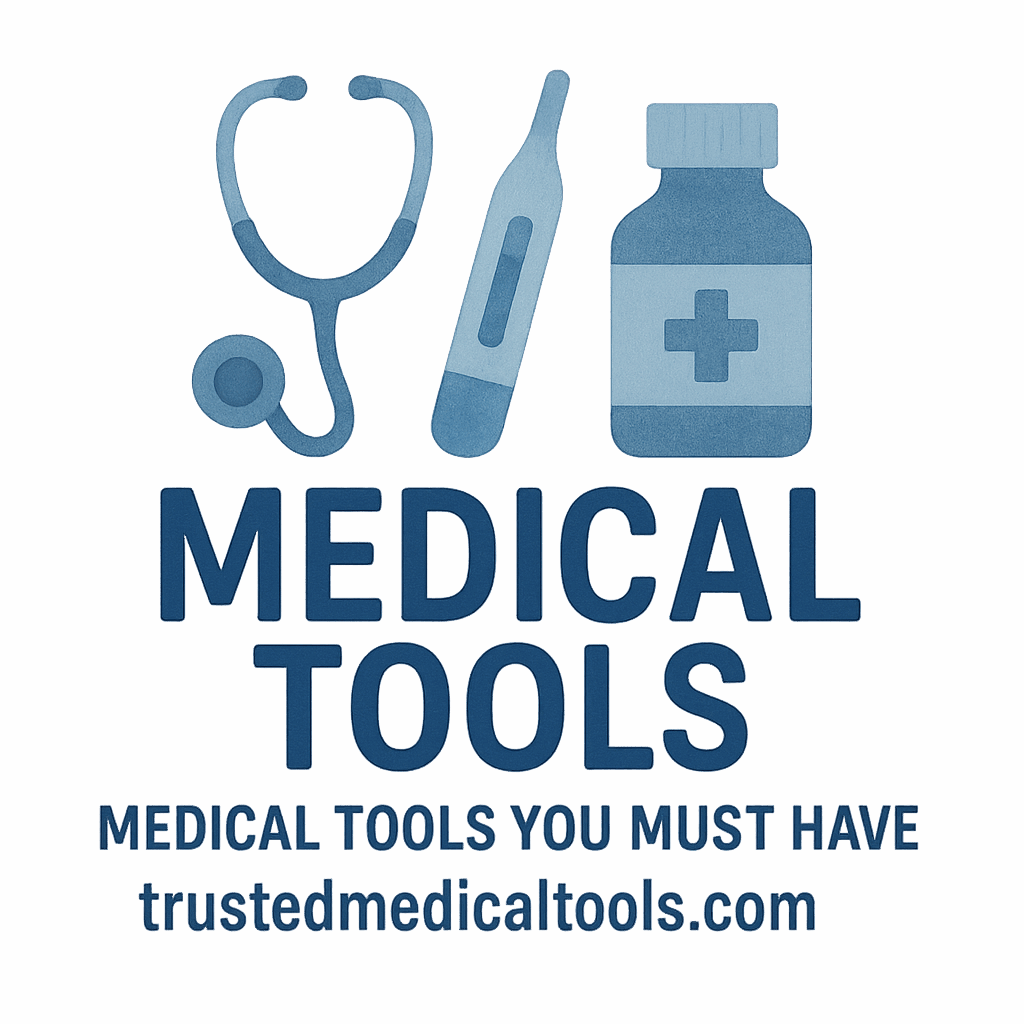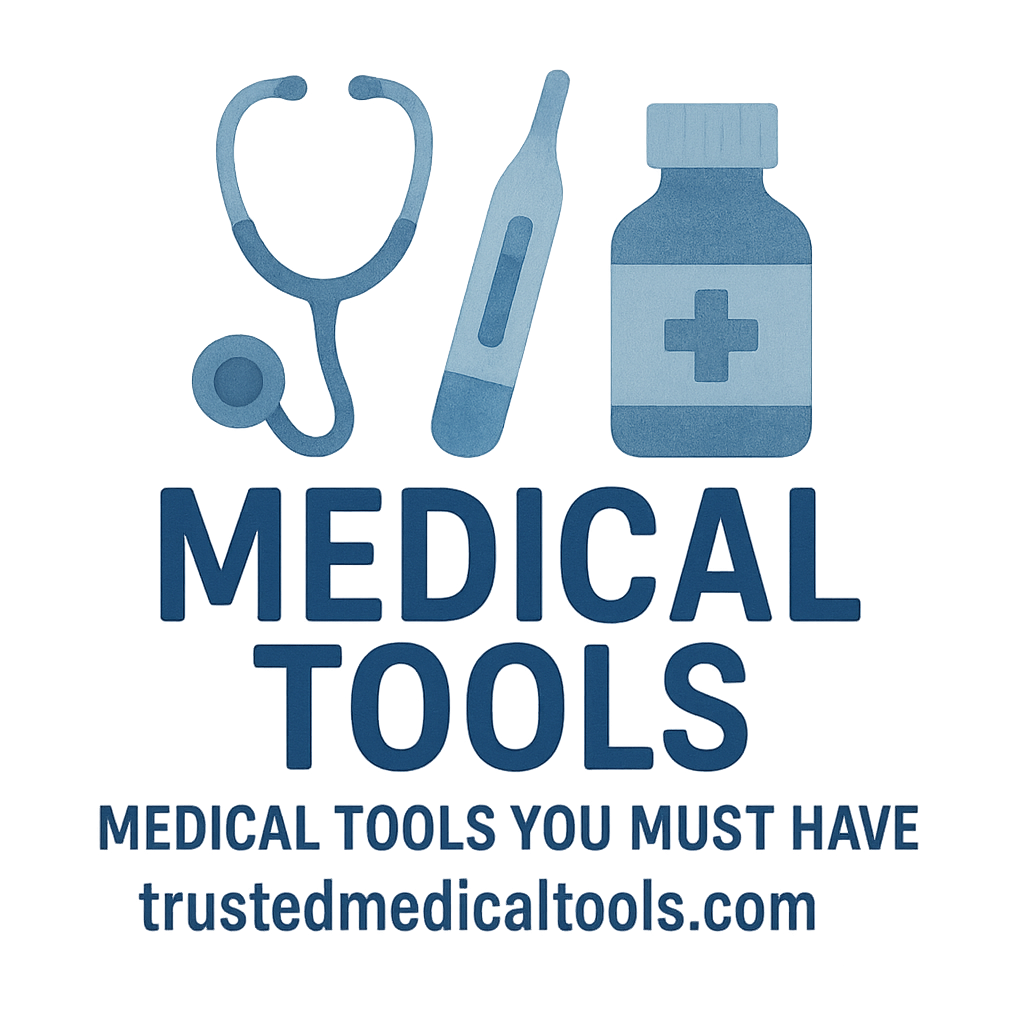Introduction
Health and safety education for kids is something every parent and caregiver should prioritize. While the idea of medical tools might seem intimidating to children, the right tools can make learning about health both exciting and educational. The key is choosing age-appropriate medical tools that teach kids the basics of their body’s function, safety measures, and the importance of well-being.
In this article, we’ll explore five medical tools that not only help kids understand their health but also teach them about safety, all while keeping the process fun and engaging. Whether you’re homeschooling, introducing health topics at home, or simply looking to instill good habits early, these tools will do the trick.
Why Is It Important to Teach Kids About Health and Safety?
Introducing kids to the concepts of health and safety at a young age can set them up for a lifetime of smart choices and awareness. Understanding basic health principles can also help kids feel empowered and more in control of their well-being.
Early Learning and Its Impact on Health Habits
The earlier kids are exposed to learning about health and safety, the better their long-term habits and mindset will be. Teaching them how their bodies work and the importance of self-care can also reduce health anxieties, making future doctor visits and health decisions easier.
Medical Tools That Make Health Fun for Kids
Now, let’s dive into the medical tools that can help kids become more health-conscious and safe.
1. The Stethoscope: Exploring the Heartbeat
A stethoscope is an exciting tool for kids, as it allows them to explore one of the most vital aspects of the human body—the heartbeat. The sound of a beating heart can be fascinating to children, and it’s a great way to introduce them to how their circulatory system functions.
How It Works and Why It’s Fascinating
By placing the stethoscope on their chest, children can listen to their own heartbeat or that of a sibling or parent. This creates an interactive learning experience. For kids, hearing their own heartbeat for the first time is almost like discovering a secret part of their body.
Stethoscopes help kids learn about the importance of circulation, the heart’s role in pumping oxygenated blood, and how the body works together to maintain health. You can make this process even more fun by introducing phrases like “Let’s listen to the engine of your body!”
For more information about health tools that can be introduced to children, check out these doctor-approved tools.
2. Thermometers: Understanding Body Temperature
A thermometer is an essential tool that every household should have. Kids can learn a lot about their body’s temperature and why it’s important to monitor it. Whether you’re using an oral, ear, or forehead thermometer, it’s an excellent tool for teaching kids how body temperature relates to their health.
The Importance of Monitoring Health
Teaching kids to use a thermometer instills the idea that temperature can indicate whether they’re healthy or unwell. For instance, a fever is a clear sign that the body is fighting off infection. Kids will start associating the sensation of a fever with the importance of rest and hydration.
For a broader look at monitoring tools, visit our monitoring devices section.
3. First Aid Kits: Basic Emergency Preparedness
One of the most useful medical tools kids can learn about is the first aid kit. While it might seem simple, a first aid kit teaches children the basics of injury management and emergency care. From bandages to antiseptic wipes, each item in a first aid kit has a specific purpose that kids can learn about.
Teaching Kids the Basics of First Aid
You can start with the basics, such as how to clean a scrape, apply a bandage, or even how to make a “pretend” first aid kit as part of their learning process. Once kids understand how to care for minor injuries, they may feel more confident in emergency situations. They also learn the value of preparedness, and the importance of keeping safety gear nearby.
For a deeper dive into first aid essentials, check out our First Aid section.

4. Blood Pressure Monitors: The Importance of Circulatory Health
Blood pressure is a crucial aspect of overall health, and while kids may not need to regularly monitor their own, using a blood pressure monitor can be an engaging way to teach them about the circulatory system. The tool can help children understand the importance of keeping their blood flowing properly and how stress or physical activity can affect the body.
Fun Ways to Use a Blood Pressure Monitor with Kids
You can explain to kids how blood pressure works and why it’s important to monitor it. Using a child-friendly model or even incorporating games (such as timing how fast or slow their heart beats after running around) can make the learning experience more interactive and less intimidating.
5. Pulse Oximeters: Monitoring Oxygen Levels
Pulse oximeters are non-invasive tools that measure the oxygen saturation in the blood. They are small, easy to use, and can teach kids about how the body uses oxygen to function.
How Kids Can Learn the Importance of Breathing
Kids can learn how important it is to get enough oxygen to stay healthy. By using the pulse oximeter, they can see how their oxygen levels fluctuate with activity levels and how deep breathing can improve their oxygen intake. This can also be a great tool for teaching kids about the respiratory system and the importance of lung health.
For more information on wellness tools, visit our Wellness Tools section.
How to Make Medical Tools Engaging for Kids
While it’s important to have the right tools, it’s also essential to keep kids engaged in the learning process. Here are some ways to make medical tools fun and educational.
Incorporating Play into Health Education
Kids love play, and when you integrate medical tools into games, it makes learning a lot more enjoyable. Pretend play, role-playing as doctors or nurses, and storytelling are all fantastic ways to help kids understand health concepts. You could even create a health-related scavenger hunt where kids find items in a first aid kit or use the stethoscope and thermometer to diagnose “patients.”
Choosing Kid-Friendly Medical Tools
Look for tools that are designed for children. These typically come in fun colors and are made from materials that are safe for younger hands to handle. This reduces the risk of injury and ensures the tools will be durable enough for the rough and tumble of child play.
Safety and Hygiene with Medical Tools for Kids
When using medical tools, especially at home, safety and cleanliness are critical.
Cleaning and Maintaining Medical Tools
Make sure that you clean medical tools after every use. For example, disinfect the stethoscope, thermometer, or pulse oximeter regularly to avoid spreading germs. This teaches kids the importance of hygiene and care in keeping tools in good working condition.
For more about keeping your tools safe and clean, check out our health equipment guide.
Supervision and Guidance
While kids are learning, it’s important to supervise them. Help them use the tools correctly and explain their functions in simple terms. This way, they’ll develop a deeper understanding of health without any confusion or accidents.
Conclusion
Introducing medical tools to kids not only teaches them about health and safety but also empowers them to take charge of their own well-being. From stethoscopes to pulse oximeters, each tool serves as a building block in educating children about the body and its functions. When presented in a fun and engaging way, these tools can foster curiosity, responsibility, and a lifelong interest in health.
FAQs
1. What’s the best age to start teaching kids about medical tools?
It’s never too early to start! Kids as young as three can begin to understand basic concepts like using a thermometer or listening to their heartbeat with a stethoscope.
2. Are these medical tools safe for children?
Yes, as long as they are designed for kids and are used under adult supervision, these tools are generally safe.
3. Can kids use these tools independently?
While it’s a great idea for kids to get involved, they should be supervised when using medical tools to ensure proper use and safety.
4. Do I need special tools for kids, or can I use adult versions?
There are kid-friendly versions of medical tools available, which are often more durable and easy for children to handle.
5. How do I explain health concepts to young kids?
Use simple language, visuals, and interactive learning like pretend play to explain concepts clearly and fun.
6. Can these tools help kids with anxiety about doctors?
Yes, by familiarizing kids with medical tools in a non-threatening way, it can help reduce fear and anxiety during real doctor visits.
7. Where can I buy medical tools for kids?
You can find a variety of medical tools for kids at trusted online retailers like Trusted Medical Tools.


